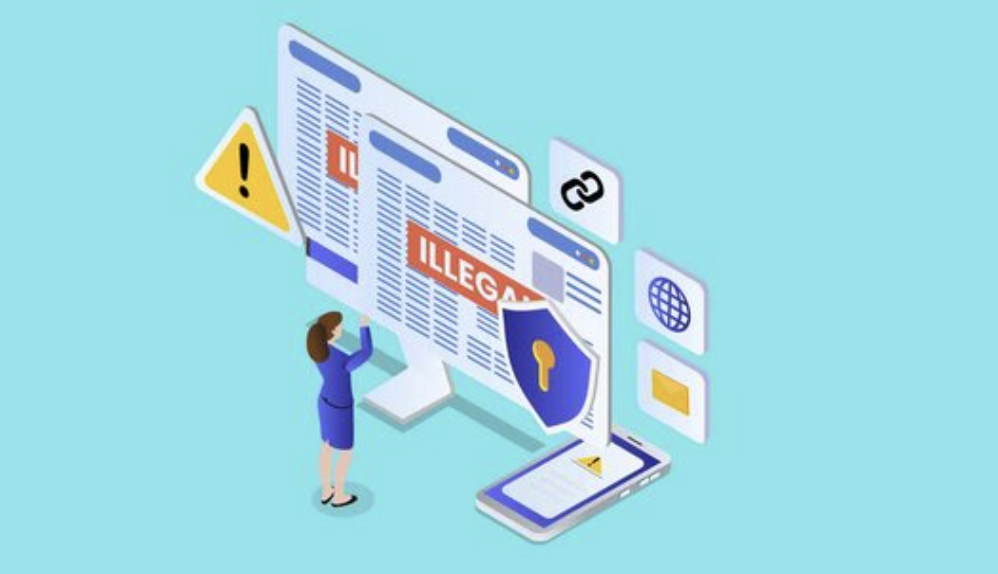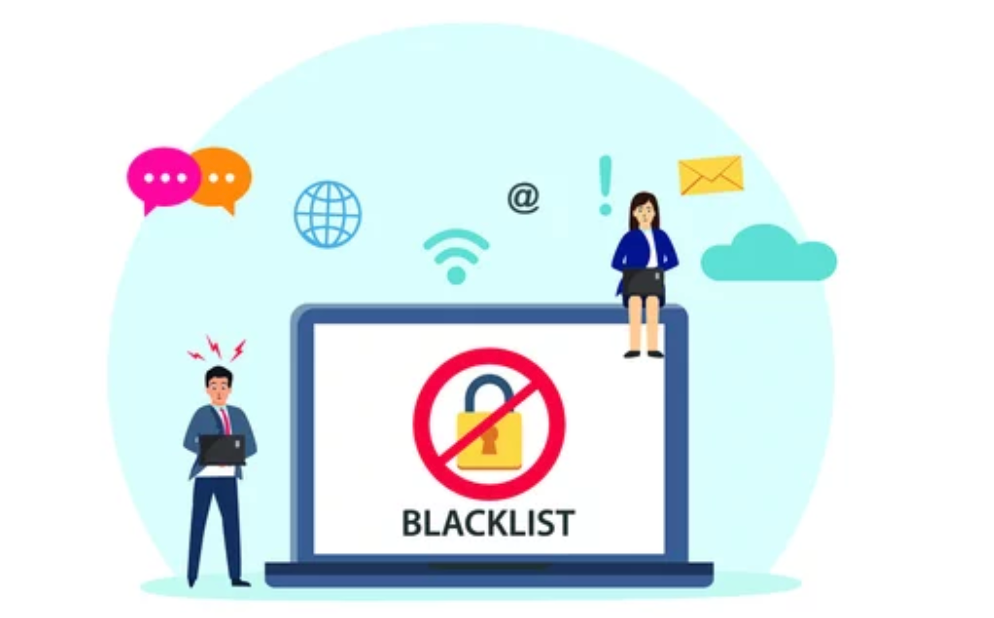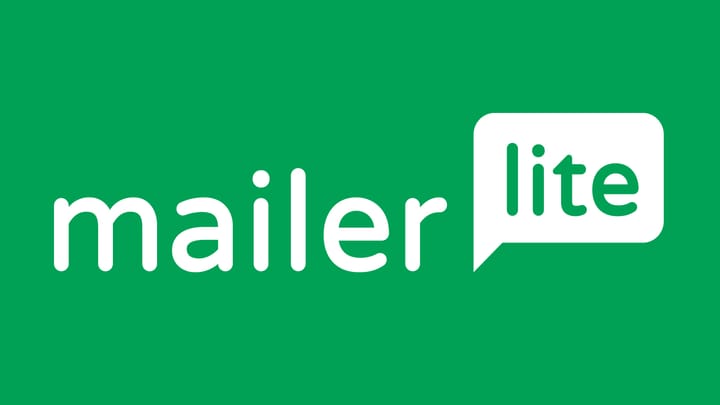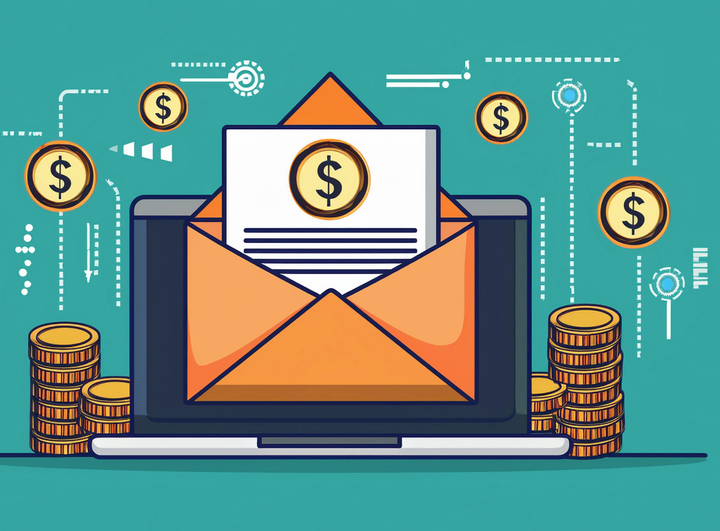How to Avoid Email Blocklists and Protect Your List
If you're facing challenges with your emails not reaching people, there's a possibility you've been placed on a spam blocklist. Such blocklists can significantly hinder your email marketing efforts by preventing your messages from reaching your subscribers' inboxes.

If you already find it difficult to reach people with your emails, there’s a small (but not significant) chance that you have somehow found your way onto a spam blocklist.
This type of list prevents your emails from ending up in your subscribers inboxes and, inevitably, negatively affects your ability to succeed with email marketing.
In this article, we’ll go over what blocklists are, how you end up on one, why it's bad for you, how to find out if you were added, how to stay off an email blocklist, and what to do to resolve it.
What are email blocklists?
Email blocklists are specialised lists used by email providers to prevent spam from reaching users’ inboxes.
Initially, when email was a newer technology, spam was rampant because senders could freely email anyone with just an address. Users then created block lists to control the flood of email spam.
Companies like Google, for example, are blocking around 100 million spam messages daily. Despite the continuing increase in the volume of spam emails generated, a large portion of these never make it to either inboxes or spam folders, thanks to the efficiency of email blocklists.
It is also important to note that there are generally two types of email blocklists:
Internal blocklists
These are the lists that individual email service providers or businesses typically manage for their domains.
External blocklists
Email providers use these external blocklists, which independent third parties maintain, to filter incoming spam.
Depending on the type of blocklist you're on, there are different approaches to resolving the issue: direct discussions with the email provider for internal blocklists or contacting the overseeing third party for external ones.
How did you end up on an email blocklist?
Landing on an email blocklist can seem like a puzzling and frustrating experience, especially when you believe you've been following best practices.
Here are some of the most common reasons that might explain how your email got blocked:
- Hacked account: This is a common scenario when your information or email account is compromised. Cyberattackers take control and use it to despatch a barrage of spam emails. The account owners might only realise the breach when they notice their available email storage rapidly diminishing, a telltale sign of massive outgoing email activity.
- Email spoofing: This process involves forging the sender's address on an email to make it appear as though it came from someone else, often a legitimate source. Email spoofing is a favourite thing among spammers, as it can significantly increase the chances of their messages being opened and read.
- Dirty email: Companies that use email marketing need to keep their lists clean. An email list bloated with old, fake, or illegitimate addresses not only skews engagement metrics but also increases the risk of being marked as spam. Keeping your mailing list clean and up-to-date is important to avoid these kinds of problems.
- Too many outbound emails: A sudden rise in the number of emails you send can be a red flag. If your account normally sends a reasonable number of emails and then all of a sudden sends hundreds in a short amount of time, your email service provider may think there is something wrong and ban your account temporarily or permanently.

Is being blocklisted really that bad?
Yes, for the reason that blocklists are intended to protect users from spam and malicious emails; however, they can inadvertently ensnare legitimate email senders.
When legitimate businesses find themselves on a blocklist, the consequences can be severe, including:
- Subscribers who have actively chosen to receive communications may suddenly find their inboxes void of these emails. This problem causes a big drop in open rates, which has a direct effect on how well email marketing campaigns work.
- There are big time and money costs involved in fixing a blocklist problem, not to mention the missed opportunities that come up when you can not contact subscribers as much.
- The frustration intensifies when senders realise that emails they assumed had been received were, in reality, never delivered.
- If a business is on a blocklist, it can really hurt their operations and growth. This is especially true for businesses that deal with other businesses, since email marketing is such an important way to connect with customers and find new ones.
How do I find out if your email has been blocked?
To maintain the integrity of their email marketing efforts, marketers must vigilantly check if their email domain name has been marked on any blacklist database due to possible malicious activities.
Blacklist databases, which include well-known organisations like Spamhaus, URIBL, and SURBL, are constantly updated in response to new instances of reported unsolicited messages.
Several online tools are available to help determine if a domain has been blacklisted:
- MXToolbox Blacklist Checker: This free service allows individuals to input either an IP address or hostname to be checked against over 100 DNS-based blacklists (DNSBLs).
The results will show if the tested IP address or hostname is in any of these databases. They will also give you more information about each list, such as how to ask them to remove it.
- MultiRBL: For those requiring a more comprehensive analysis, MultiRBL offers an extensive review by checking a domain against multiple blacklists at the same time.
Businesses with more than one location can use MultiRBL to keep an eye on their reputations, get emails sent to them automatically when their status changes, and connect to other systems using APIs. It uses its own algorithms and data from outside sources, such as Spamhaus DBL and URIBL, to do this.
- Maileroo Blacklist Monitoring Tool: This tool will not only equipped to check if any of your IPs or domains are listed on blacklists, but you're also immediately notified when any problems are detected and again when they're resolved
Every 3 to 6 hours, Maileroo diligently performs automatic checks to guarantee that your email sending infrastructure is in tip-top shape without requiring constant manual supervision. On-demand checks can be done with the click of a button when an immediate check is needed. This gives you peace of mind and immediate confirmation that your email channels are clear.
Moreover, there are practical signs that can indicate your email domain might be blacklisted:
- Rejected or bounced emails: If emails keep getting sent back with an error message, you should check to see if your IP and domain are on any blacklists.
- Blocked emails: If you can not connect to email servers because emails are being blocked, it could mean that you are on a blocklist.
- A sudden decrease in your delivery rate: If you notice a big drop in email delivery rates or a lower performance score in your most recent campaign compared to older ones, it could mean that your emails are being blocked.

So, how do you avoid being on email blocklists?
Maintaining an email list that doesn't end up on block lists requires diligent effort and ongoing maintenance. Here are essential practices to ensure your list remains clean and your communications are effective:
- Maintain an Opt-In List: Always make sure to email individuals who have explicitly opted-in to receive your communications.
Although an opt-in list grows more slowly, it is of higher quality and has a much lower chance of getting blacklisted.
- Remove Addresses That Bounce: Be vigilant about removing emails that bounce back as undeliverable from your list.
Sending emails to these addresses over and over again makes it more likely that you will end up on a blacklist.
- Check Your Contact List for Typos: Regularly review your contact list for any misspelt email addresses.
If you fix these mistakes, you will be less likely to send messages that are not delivered, which could hurt your sender's reputation.
- Perform Routine Maintenance: It's crucial to periodically scrutinise your email list to weed out any spam accounts, bounced emails, or incorrect addresses that may have slipped through.
- Verify Email Addresses: Utilise email verification tools to ensure the legitimacy of the email addresses on your list.
Tools like ZeroBounce and Kickbox are highly recommended for keeping email lists clean and efficient.
Do Not Buy or Rent Recipient Lists
Benchmark Email emphasises organically building your email list rather than purchasing it, ensuring genuine interest and higher-quality interaction.
This way of doing things stays in line with GDPR rules and avoids the legal and safety risks that come with buying or renting a list.
Ethical practices foster trust and ensure compliance with global data protection regulations, thereby reducing the risk of violating these guidelines.
Monitor Recipient Engagement
Understanding and monitoring recipient engagement is crucial for email marketing success. These metrics for engagement show how well a campaign is doing and show where improvements can be made.
High engagement rates increase deliverability, while initiatives like open rates and click-through rates help refine the approach.
Paying attention to the quality of the infrastructure can have a big effect on these metrics.
Maintain Clean Lists with Email Verification
Checking to see if an email address is active is called email verification. The goal is to keep your email list healthy, keep your sender reputation high, and keep bounce rates low.
When you send a lot of emails that bounce, mail service providers can not deliver them to valid addresses, which can hurt your email reputation and sender score. While you still incur costs for these failed attempts, validating emails through verification tools prevents you from wasting time and resources on unproductive leads.
Verifying your email address is important for businesses that want to grow their email list so that messages do not go straight to spam folders.
Here's why incorporating email verification into your strategy is essential:
- Lower Bounce Rates: Email verification tools help lower the number of emails that bounce back by finding and removing invalid or non-existent email addresses from your list. This protects your sender's reputation and ensures that your emails get delivered.
- Improve Deliverability: Keeping your email list clean and using verified addresses makes it much more likely that your emails will get to the inboxes of your recipients instead of being marked as spam.
- Save Costs: Since most email service providers charge based on the size of your contact list, sending messages to invalid addresses results in unnecessary expenditure.
- Protect Your Reputation: Sending emails to invalid addresses on a regular basis can hurt your sender's reputation, which can cause your emails to be marked as spam or not delivered at all.

What should you do now if you’re already on the list?
Resolve the Issue That Got You Listed
Before you go forward with trying to delist, you should rectify the issue that got you there.
If someone has put you on a blocklist, it is likely that you are sending spam emails or unwelcome emails to people. Some issues will involve more work than others.
If you mailed to an old list, though, you might want to send another email to the people who have not replied yet. Talking to an email deliverability consultant might help you figure out how to fix the problem that put you on a blocklist.
Follow the Path for Delisting Your IP
Depending on which blocklist you’re on, you’ll need to follow a specific protocol to delist your sending domain or IP.
Typically, this involves contacting the blocklist provider and showing them in some way that you’ve fixed the problem that got you there.
Noting that it is usually best for someone from your ESP or CRM to contact the blocklist provider, since they own the IPs involved, this is something to keep in mind.
Avoid Blocklists Again
It should go without saying, but purchasing an email list is never a good idea. For one thing, you do not have permission from the people on it, and it is probably full of spam traps and other useful emails.
You must ensure your email lists are clean and populated with consenting, high-value emails.
Wrap Up
Navigating the intricate world of email marketing requires a detailed and thoughtful approach to avoid the pitfalls of email blocklists.
Ensuring your email list is clean, acquiring subscribers through an opt-in process, and closely monitoring engagement are foundational strategies that cannot be overlooked.
Staying vigilant about the content and frequency of your communications and regularly verifying email addresses will protect your brand's reputation, make your email marketing campaigns more successful, and help you build stronger relationships with your audience.
Also, with careful attention to the guidelines, businesses can effectively minimise the risk of blocklisting and maintain the integrity and effectiveness of their email marketing efforts.
Remember, the key to successful email marketing lies not just in reaching inboxes but in resonating with recipients, thereby turning each email sent into an opportunity for growth and engagement.



